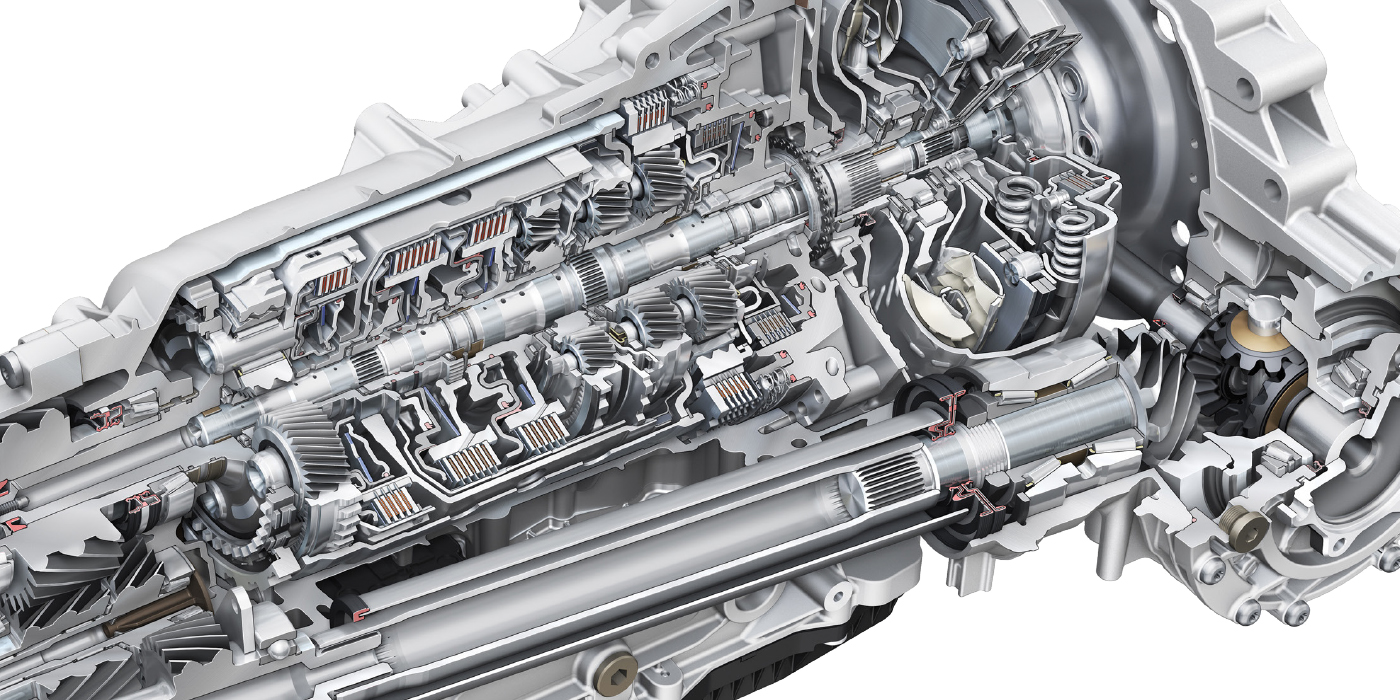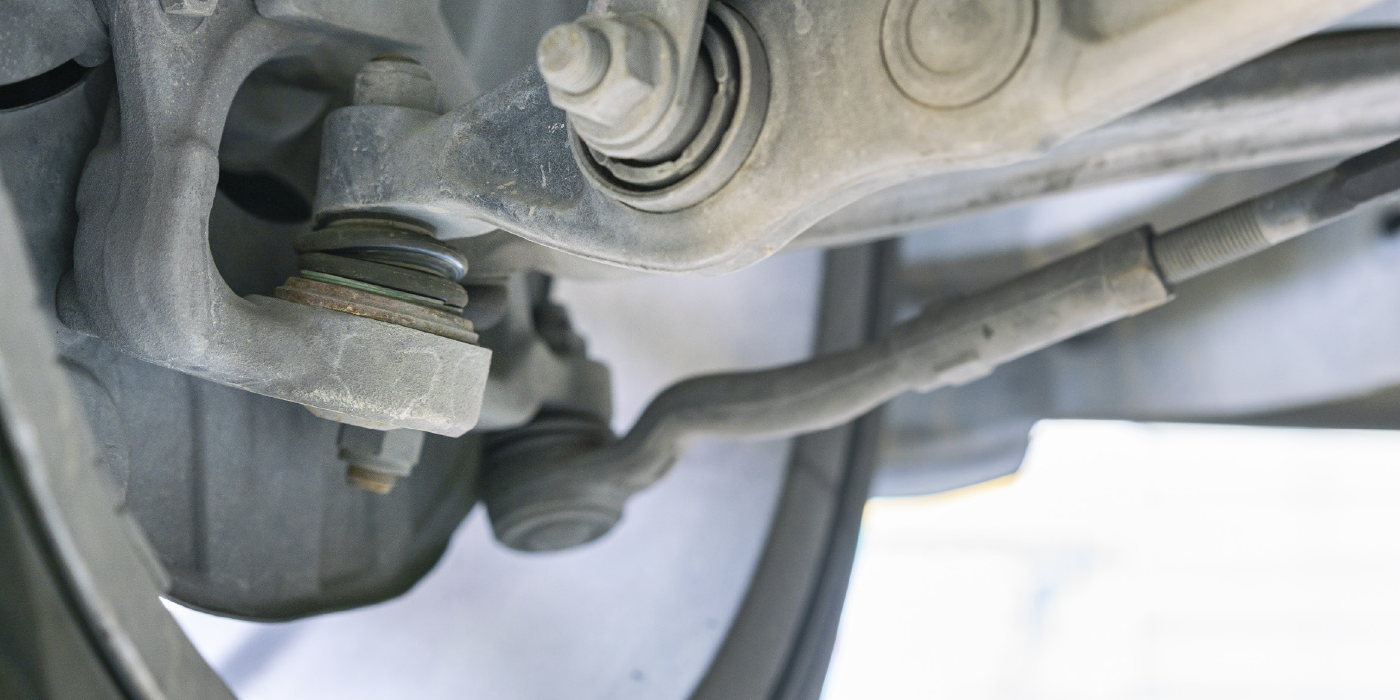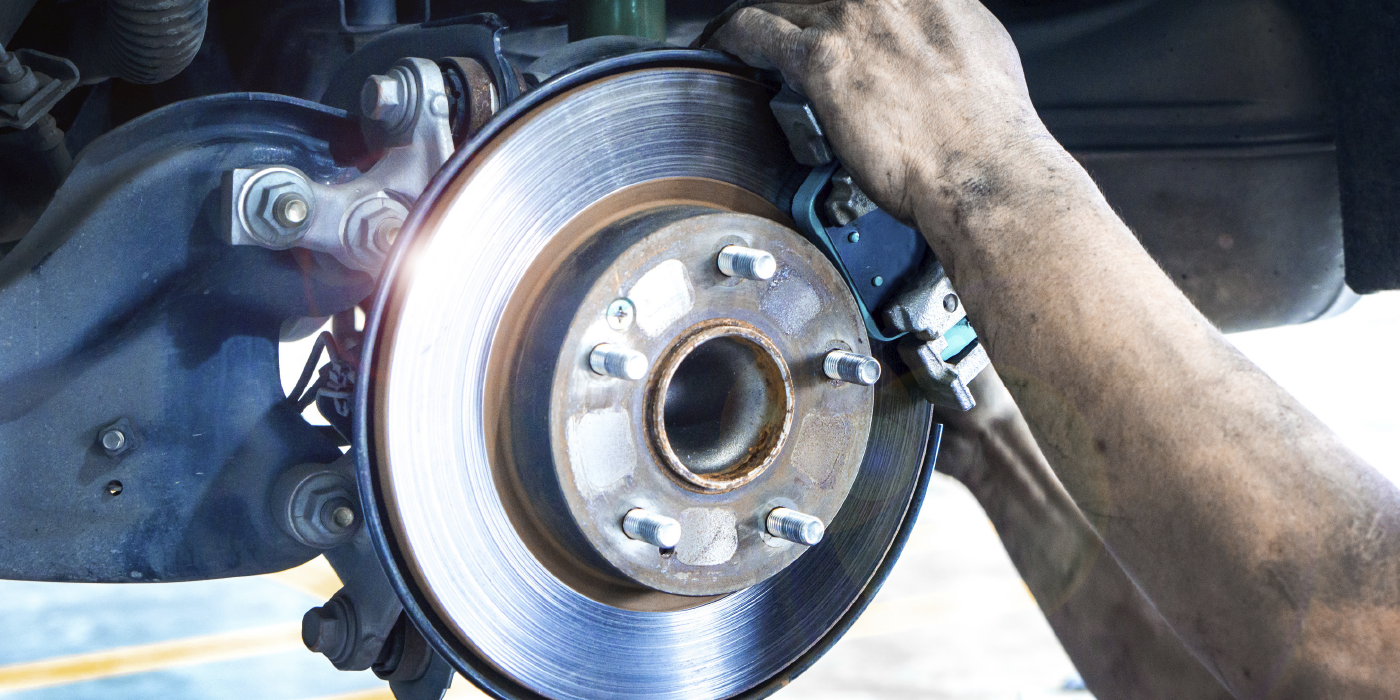Courtesy of Tire Review by Yanick Leduc
Picture this: Mark, an experienced tire service technician, is on the phone with a technical support representative from his TPMS supplier, inquiring why his new sensors don’t seem to work properly with the 2019 Silverado he’s servicing.
Mark: “The truck doesn’t seem to pick up the signal from the new sensor!”
Tech support: “Is it a Silverado LD or the custom version?”
Mark: “There is no option for LD on my tool, it’s just Silverado 2019”
Tech Support: “When was the last time you’ve updated your TPMS tool?”
Mark: “It’s been a while. I don’t think I have ever updated it since I got it last year.”
This is an example of a call TPMS tool suppliers receive frequently on their technical support hotlines. According to recent surveys, 35% of technicians have not updated their TPMS tool software in the last year. In today’s rapidly evolving automotive landscape, it is crucial for tire service professionals to stay updated with the latest advancements.
To maintain the accuracy and reliability of newly programmed TPMS sensors, it is importance to keep your TPMS programming tool up to date so that you can service whatever comes into your bays. Let’s dig into the reasons why this is so crucial.
- Ensuring Compatibility with New Vehicle Models
As automakers introduce new vehicle models and variations, they often refine the TPMS functionality or employ different sensor protocols. Consequently, without updating the programming tool, it may fail to communicate effectively with newer vehicles. This mismatch can lead to inaccurate readings, false warnings or even failure to detect genuine issues.
- Addressing Software Glitches and Incorrect Programming
TPMS programming tool updates often incorporate bug fixes and improvements that address software glitches or incorrect programming. For example, vehicle qualifiers visible in the TPMS tool’s vehicle selection menu may be added to account for multiple sensor options within the same model year. These qualifiers can include date of production (early/late), frequency (315MHz/433MHz), rim type (steel/alloy) or even trim level (LD/reg).
- Enhanced Diagnostic Capabilities
An updated programming tool provides access to the latest diagnostic codes, troubleshooting procedures and repair information. This enables accurate identification of TPMS-related issues, such as faulty sensors or malfunctioning components, leading to efficient and effective problem resolution. Additionally, software updates often introduce enhanced features, like expanded sensor coverage and updated relearn procedures, offering a comprehensive TPMS servicing experience.
TPMS tool manufacturers recommend connecting your tool and checking for updates monthly. Typically, tools manufacturer will send an email or other notification to their users whenever a new software update is available. By registering the tool with the manufacturer, you can ensure that you know when new software updates are available. Timely updates also guarantee technicians are equipped with the latest features, functionalities and vehicle compatibility, maximizing the tool’s effectiveness.
about:blank
Maintaining an up-to-date TPMS programming tool is vital for tire service professionals to keep pace with the ever-changing automotive landscape. By prioritizing TPMS tool updates, tire service professionals actively contribute to road safety and are able to provide high-quality service to their customers.














